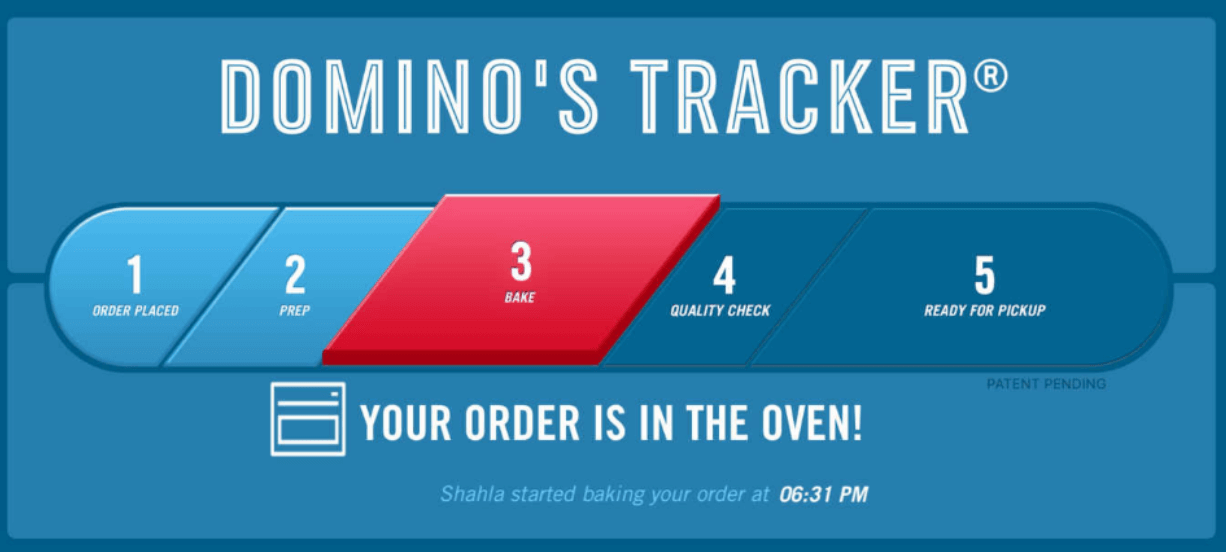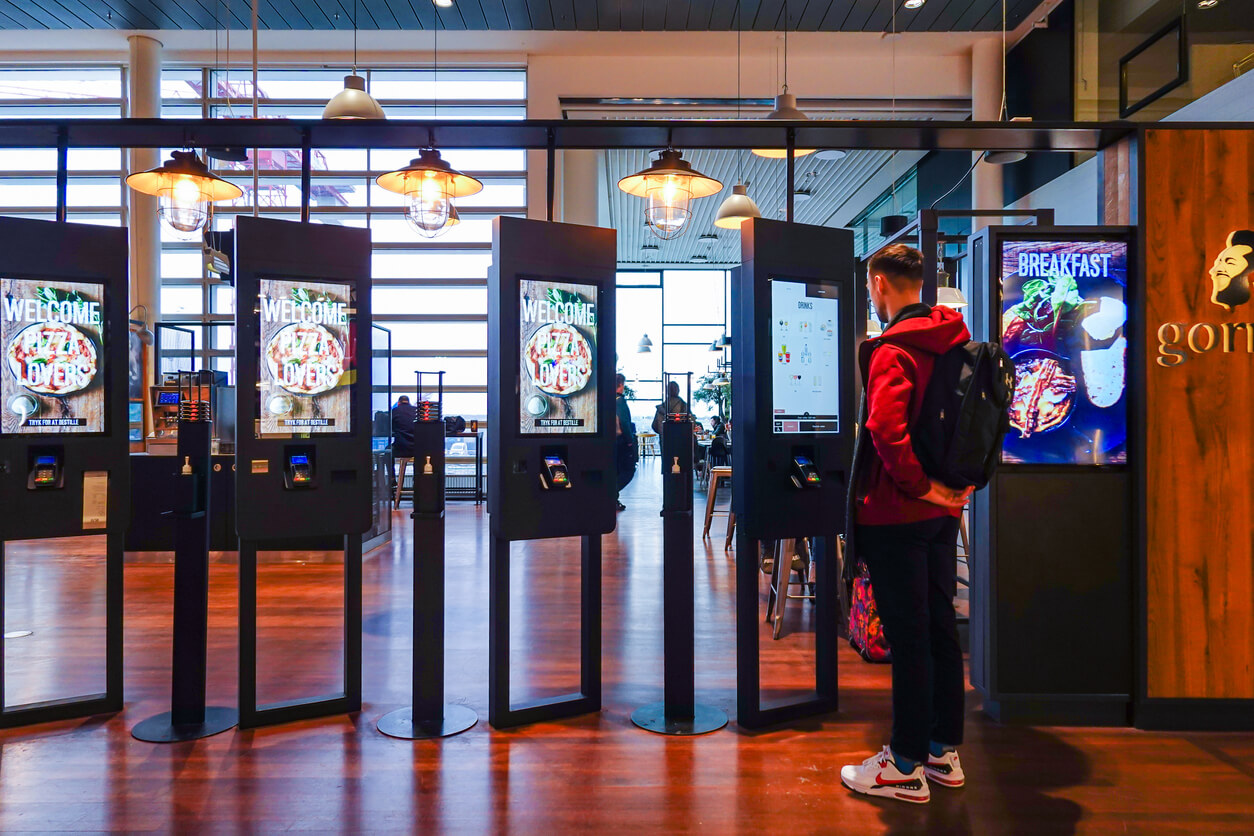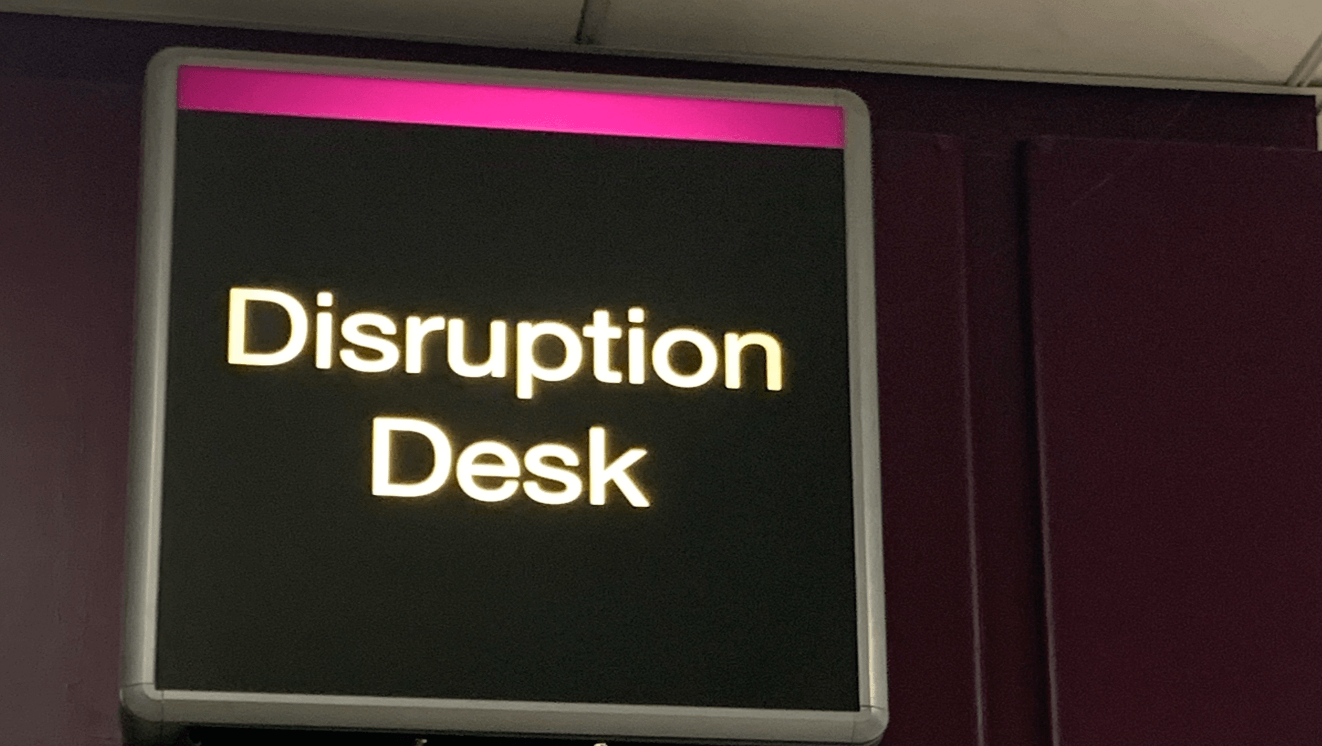Summary: A Service Blueprint is a visual planning document that brings stakeholders together to visualize customer, employee, and back-end support systems, policies, procedures, and technologies. Product Managers can use blueprints to help plan around a more holistic product-service ecosystem.
First, what is a Service Blueprint?
A Service Blueprint documents a customer’s journey, what employees do, and what background systems support. Service blueprints are visual representations that illustrate the step-by-step processes involved in delivering a service. They provide a comprehensive view of the service experience, including touchpoints, channels, moments of truth, and employee experience. By mapping out the service journey end to end, service blueprints enable businesses to identify areas for improvement, streamline operations, and enhance user satisfaction.
In this month’s workshop, we will be Creating a Service Blueprint
Thinking of Service Design and the Blueprint as a theater stage can help:
- Frontstage: This layer represents the visible customer-facing interactions across channels such as physical spaces or environments, digital, customer support, or blended product-service experiences. Think Uber Eats involves a customer with an app, a delivery person, a kitchen, and a system (visible to all) that tracks the food delivery lifecycle. Employees interact here with customers.

- Backstage: This layer represents the internal processes and employee actions supporting frontstage interactions, such as customer service and support, sales, and marketing. Employees respond here with backing systems such as policies and procedures. This includes how you design your policies—a critical component. Think Domino’s 30-minute delivery promise (with a Front-Stage visible delivery tracker).

- Supporting system: This layer represents the invisible to the employee or customer infrastructure or influences that enable backstage activities. This can include ecosystem entities (e.g., vendors), technologies, data, and regulatory forces.
Here is an animation of a Service Blueprint our Inner Circle members built. of a smart thermostat journey from our workshop on Service Blueprints:
How can Product Managers Use Service blueprints?
Service blueprints are essential for product managers who aim to enhance product success and align business goals with user needs. Product folks need a more holistic view of a service’s operation, pinpointing how different components interconnect. A service blueprint equips them with a thorough understanding of every touchpoint, interaction, and backend process. This comprehensive knowledge base enables confident decision-making and effective communication with stakeholders and teams.
Most importantly, it’s important to broaden a product focus (the Uber Eats app in the above example) and pay attention to service delivery details. See Why product-centric approaches are outdated…
1. Aligning User Needs with Business Objectives
A product manager’s primary responsibility is balancing user needs with business goals. Service blueprints facilitate this by providing a comprehensive overview of the service ecosystem. This visibility helps product managers identify pain points and areas of opportunity, ensuring informed and impactful decisions.
Ecosystem definitions also need to grow beyond business ecosystems to increase holistic understanding. See Understanding ecosystems in service design
2. Facilitating Effective Prioritization
Once disrupted journeys are identified, they are the next logical step in planning and prioritizing new experiences. Service blueprints offer insights into the complexity and dependencies within service ecosystems. This information allows product managers to prioritize features and improvements based on their potential impact on user experience and business outcomes. Product managers can allocate resources more effectively by understanding the intricacies of service delivery.
3. Defining and Communicating Product Vision
Product vision sets the direction for product development. Service blueprints help articulate this vision by breaking down high-level goals into actionable insights and operational requirements. They serve as a reference point that makes the envisioned future tangible and understandable to all stakeholders. Service blueprints are a stakeholder engagement activity.
Service blueprints are invaluable for sharing knowledge about the product across teams. They help ensure that everyone, from development to marketing, understands their role in delivering the product. This alignment is crucial for cohesive product development and deployment.
Bottom Line
Service blueprints are not just another tool for visualizing processes; they are strategic assets that can significantly enhance the effectiveness of product managers. How? A clear view of how services or product-service systems are delivered accelerates prioritization, decision-making, and stakeholder alignment. For product managers, mastering service blueprints can lead to more successful products and more coherent, unified teams. They offer a way to build Service Design capability, a competitive necessity in any effort to boost customer experiences.
Go deeper: Join Frank Spillers as he facilitates this popular Creating Service Blueprints workshop*. You’ll get hands-on experience with the blueprinting process and how it works with Service Design.
*Alternatively, sign up and get the recording sent to you after the event.








